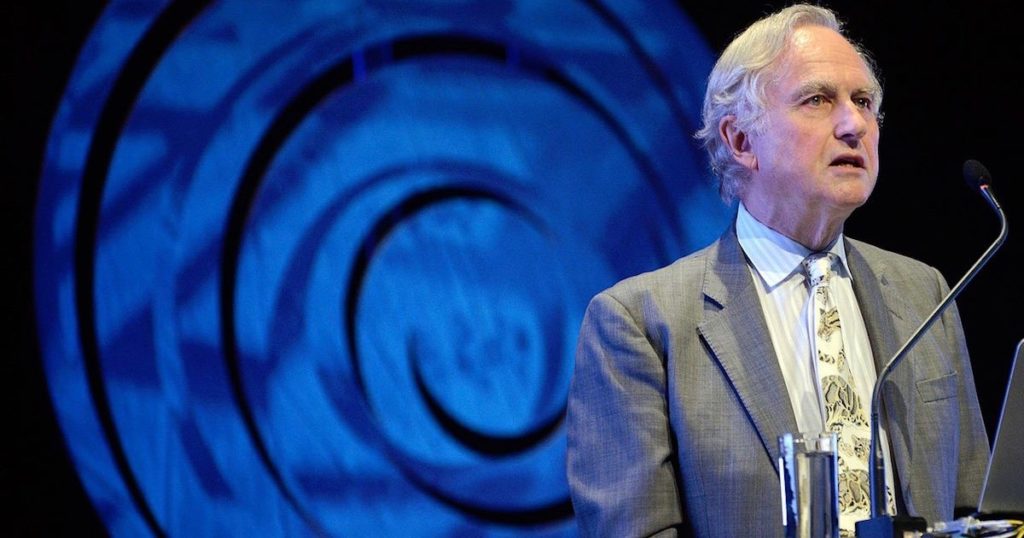 Intelligent Design
Intelligent Design
Dawkins Is Knocked “Sideways with Wonder” by Cell’s Design

Our colleague Andrew McDiarmid found a pretty stunning tweet from an unlikely person. Atheist biologist Richard Dawkins is “[knocked] sideways with wonder at the miniaturized intricacy of the data-processing machinery in the living cell.” Yes, he doesn’t call it “intelligent design,” of course, and I’m confident he would deny the cell is designed. But that’s the kind of thing ID proponents say all the time. In fact, if I didn’t know the source, I would guess it might be someone writing at Evolution News. I am knocked sideways at hearing it from Dawkins.
Andrew asks why the technology we use every day naturally prompts a design inference, but the far more fantastically advanced biological machinery in the cell does not.
These days, we surround ourselves with technology to stay in touch, to keep ourselves informed, and to manage the challenges of our daily lives. We also recognize in our devices and machines all the hallmarks of design, understanding reflexively that they express the ingenuity of engineers or software developers. Our appreciation for applied intelligence comes as second nature to us — we intuitively recognize the work of other minds.
But what happens when we look up from our technology and survey the world of nature? When we look up at the movement of the planets, or into the eyes of our children, or when we peer through a microscope into a living cell? Do we see signs of minds in those places? Do we sense intelligence and forethought? Or does our intuition of design stop at the iPhone and the jet airplane?
In a recent tweet, the world’s most famous scientific atheist, evolutionary biologist Richard Dawkins, confessed to being knocked “sideways with wonder at the miniaturized intricacy of the data-processing machinery in the living cell.”
Dawkins wrote the tweet after watching an animation produced by an Australian medical institute showing how cells store and copy the vast amounts of digital information present in DNA.
The digital information technology found in living cells (as depicted in this and other animations) has raised profound questions about an enduring scientific mystery: how did the very first life begin? And did a mind or intelligent designer play a role?
Dawkins, for his part, has steadfastly maintained that living organisms exhibit only “the appearance” or illusion of design, not evidence of actual design — despite being knocked “sideways with wonder” at the information technology at work in living cells.
As he put it in his most famous book The Blind Watchmaker,“[b]iology is the study of complicated things that give the appearance of having been designed for a purpose.”
The claim that life was not designed, even though it looks designed, may seem contradictory.
“Contradictory” is right. Watch the video highlighted by Dawkins. It gives chills:
